Optimal Timing for Roofing Services
Choosing the optimal time for roofing service depends on weather conditions, temperature, and project complexity. Proper timing ensures quality work and minimizes delays.
Spring offers moderate temperatures and longer daylight hours, making it ideal for roofing projects. Rainfall is generally manageable, allowing for steady progress.
Summer provides warm weather and dry conditions, facilitating efficient installation and repairs. However, high temperatures can sometimes affect materials.
Fall features cooler temperatures and lower humidity, reducing the risk of material expansion or contraction. It is a popular choice for roofing projects before winter.
Winter is typically less suitable due to snow, ice, and freezing temperatures. However, in milder climates, certain roofing work can still be performed safely.
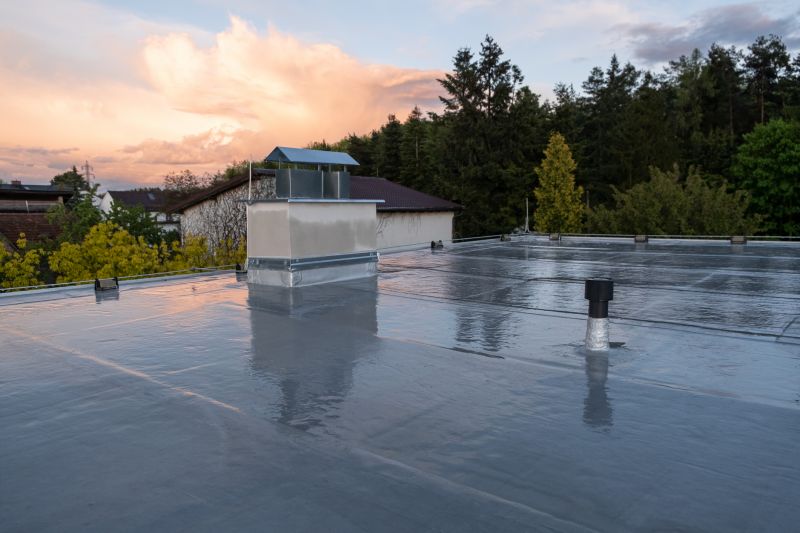
Ways to make Roofing Service work in tight or awkward layouts.

Popular materials for Roofing Service and why they hold up over time.
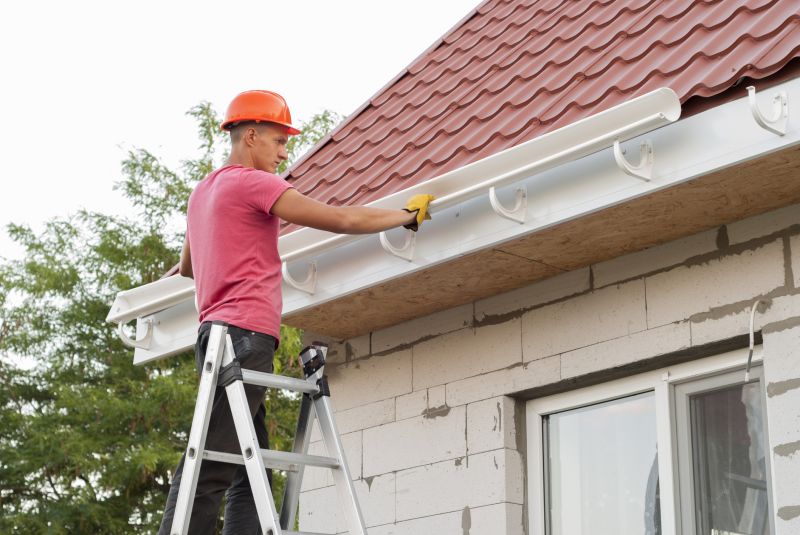
Simple add-ons that improve Roofing Service without blowing the budget.

High-end options that actually feel worth it for Roofing Service.
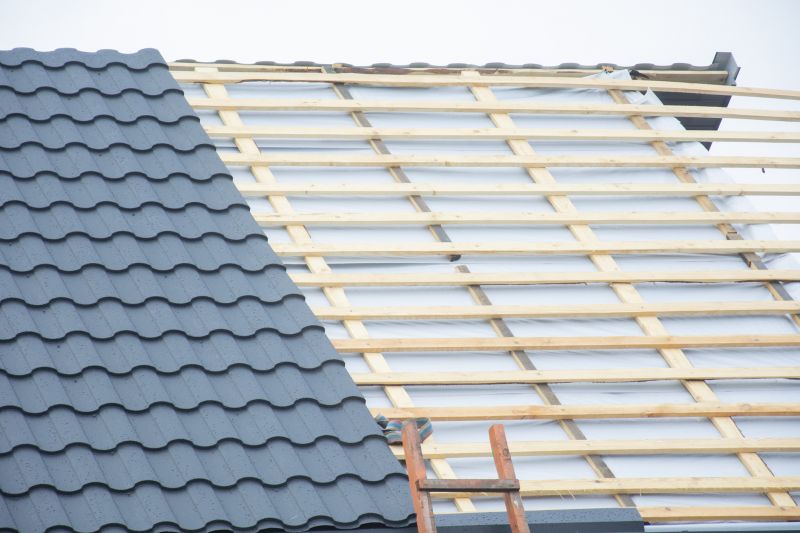
Finishes and colors that play nicely with Roofing Service.
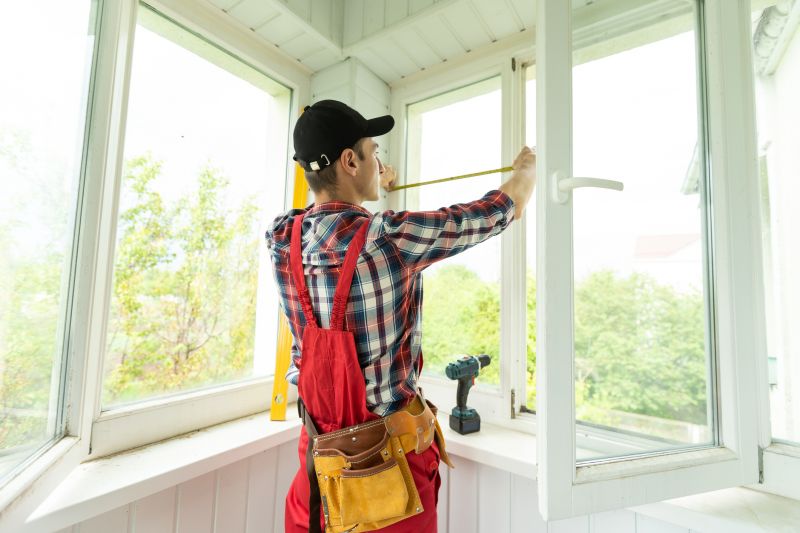
Little measurements that prevent headaches on Roofing Service day.
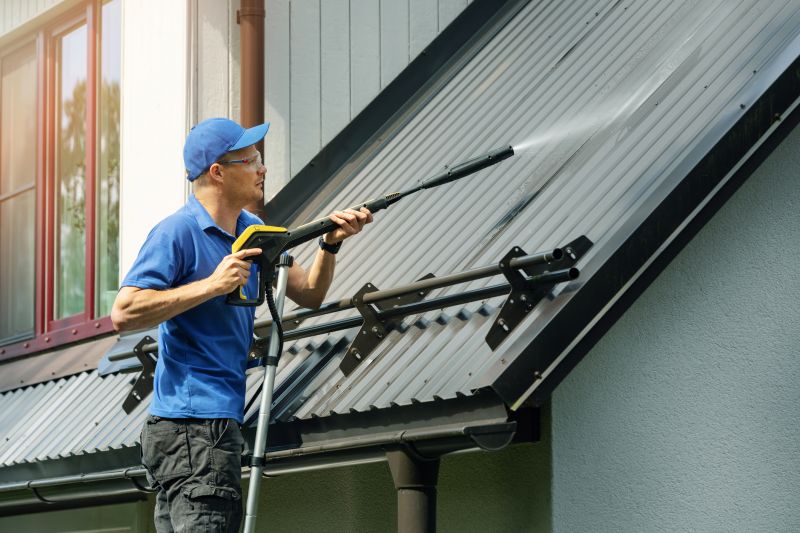
A 60-second routine that keeps Roofing Service looking new.
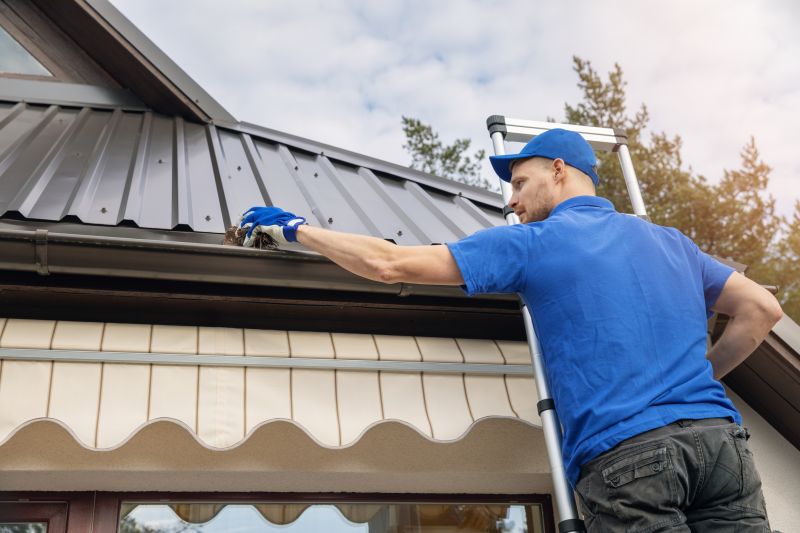
A frequent mistake in Roofing Service and how to dodge it.

Small tweaks to make Roofing Service safer and easier to use.
Roofing services encompass a variety of tasks including repairs, replacements, inspections, and maintenance. Proper timing can extend the lifespan of a roof, improve energy efficiency, and prevent costly damages. According to industry statistics, a well-maintained roof can last up to 25-30 years, depending on materials used. Seasonal considerations are crucial; for example, scheduling repairs before winter can prevent leaks caused by snow and ice buildup. Conversely, avoiding roofing work during harsh winter conditions reduces the risk of safety hazards and material issues.




